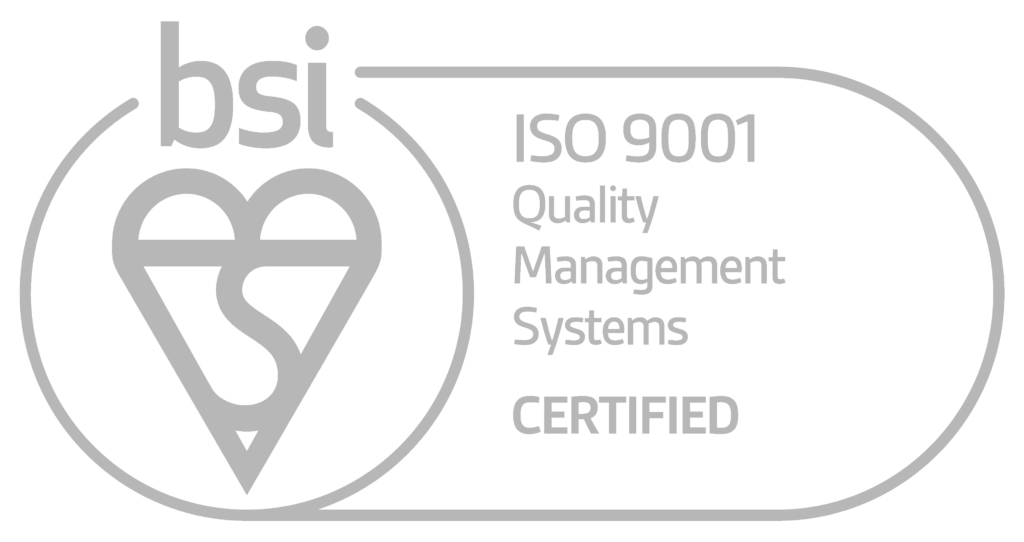Translating Brazilian Portuguese to English
Portuguese ranks as the seventh most spoken language worldwide, with over 260 million speakers spread across four continents. Among the variants of Portuguese, Brazilian Portuguese stands out due to its vast population, rich cultural influence, and strong digital presence.
For businesses and individuals aiming to connect with Brazil’s dynamic market, translating Brazilian Portuguese to English is not just about converting words, it’s about bridging cultures, ideas, and opportunities.
Understanding the Brazilian Portuguese Variant
- Originating from Portuguese colonization in the 16th century, it absorbed influences from indigenous languages and African dialects brought by the diaspora, creating a vibrant linguistic tapestry.
Brazil’s population of over 200 million people, the largest Portuguese-speaking community globally, has propelled Brazilian Portuguese to prominence. This demographic weight is coupled with Brazil’s powerful cultural exports, such as telenovelas and music, which have captivated audiences worldwide and increased global interest in the language.
For translators, this means mastering Brazilian Portuguese requires more than textbook knowledge; it demands an immersion into its cultural and contextual frameworks.
Key Linguistic Differences Between Brazilian Portuguese and English
When translating Brazilian Portuguese to English, it’s critical to navigate distinct linguistic features:
- Phonetics and Pronunciation: Brazilian Portuguese contains nasal vowels absent in English and consonant sounds like the ‘r’ pronounced as an ‘h’ in certain regions.
- Verb Conjugations and Grammar: Portuguese verbs are highly inflected, with diverse endings that vary by tense and subject. English verbs are comparatively simpler. Additionally, Portuguese uses gendered nouns and articles, a concept foreign to English.
- Sentence Structure and Length: Portuguese sentences tend to be about 30% longer than their English equivalents,
which poses challenges when translating content with space constraints, such as marketing texts or app interfaces.
- False Cognates: Words that appear similar in both languages may have entirely different meanings. For instance, "pasta" in Portuguese means "folder," not "spaghetti." Misinterpreting these can lead to confusing or incorrect translations.
Cultural and Contextual Factors in Translation
Language is inseparable from culture. Brazilian Portuguese carries specific formalities and expressions that don’t always have direct English equivalents.
- Levels of Formality: Pronouns like "você," "senhor," and "senhorita" reflect different social contexts and levels of respect. In English, equivalents like "you," "Mr.," or "Miss" don’t always match perfectly, especially since Brazilian Portuguese may use first names with honorifics, unlike English which generally pairs honorifics with surnames.
- Regional Vocabulary: Words differ between Brazil and other Portuguese-speaking countries. For instance, "trem" is the Brazilian Portuguese word for "train," while "comboio" is used in Portugal. Similarly, "ônibus" (bus) in Brazil corresponds to "autocarro" in Portugal.
- Formatting Differences: Brazil uses the 24-hour clock, whereas English-speaking countries may prefer the 12-hour clock with AM/PM. Capitalization rules in headings and titles also differ, with Portuguese typically capitalizing only the first word.
- Spelling Reforms: The 2015 orthographic agreement harmonized Portuguese spelling across countries, including the formal adoption of letters like “k,” “w,” and “y.” Translators must consider whether source materials predate this reform to maintain consistency.
Challenges in Translating Brazilian Portuguese to English
Translating Brazilian Portuguese is not without its challenges:
- False Cognates and Idioms: Literal translations of idiomatic expressions often fail, so cultural fluency is essential.
- Text Length Constraints: Marketing and user interface texts require careful adaptation to fit English spaces without losing the original message’s punch.
- Tone and Nuance: Brazilian Portuguese’s expressive nature means translators must capture the tone, whether formal, casual, or persuasive.
- Technical and Legal Terminology: Specialized content demands precise vocabulary to avoid costly misunderstandings.
Translation Methods: Human vs. Machine Translation
While machine translation tools such as Google Translate and AI-powered platforms offer quick results, they often fall short in capturing nuance and cultural context, key to successful Brazilian Portuguese to English translations.
Human translation remains the gold standard, especially for legal documents, marketing materials, and technical manuals
Best Practices for Effective Brazilian Portuguese to English Translation
Çeviri kalitesini en üst düzeye çıkarmak için:
- Prepare Source Texts: Clear, concise Portuguese with minimal slang helps reduce errors.
- Choose the Right Approach: Determine whether machine translation, human translation, or a hybrid model best suits your project’s needs.
- Focus on Cultural Localization: Adjust not just language but context, tone, and formatting to fit the target market.
- Use Technology Wisely: Leverage AI tools to increase productivity while relying on human expertise for quality assurance.
Brazilian Portuguese to English translation services are vital across various sectors:
- Business and Legal Communications: Contracts, proposals, and corporate materials require flawless translations to protect interests and ensure clarity.
- Marketing and Localization: Campaigns and websites must resonate culturally with English-speaking audiences.
- Academic Research: Translating papers and reports to broaden scholarly reach.
- Travel and Social Media: Enhancing communication and engagement for tourists and digital users.
The Power of Brazilian Portuguese Through Accurate Translation
In a globalized world, effective translation from Brazilian Portuguese to English is a strategic asset that opens markets, builds relationships, and drives growth. Mirora’s professional translation and localization services combine linguistic mastery, cultural insight, and the latest technology to ensure your message never gets lost in translation. Partner with Mirora to communicate confidently and authentically with a global audience.








Comments are closed